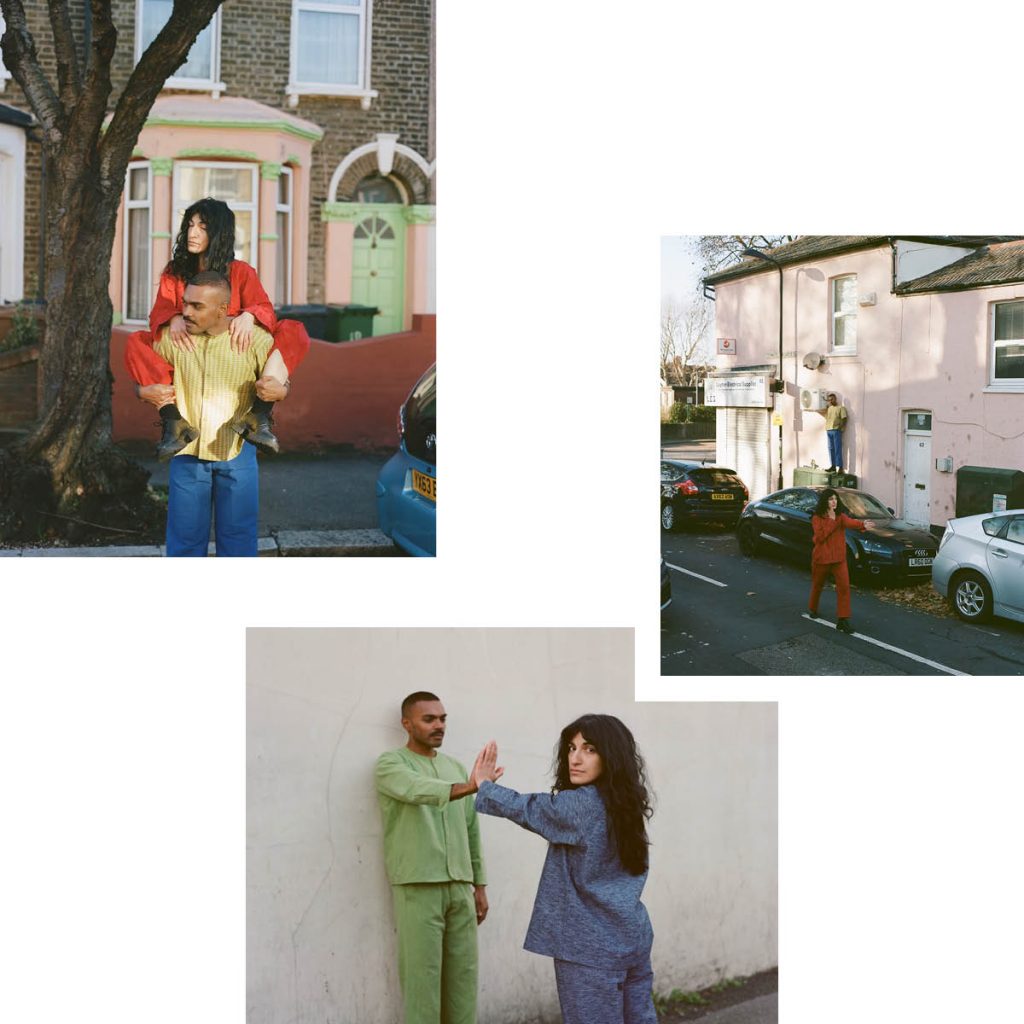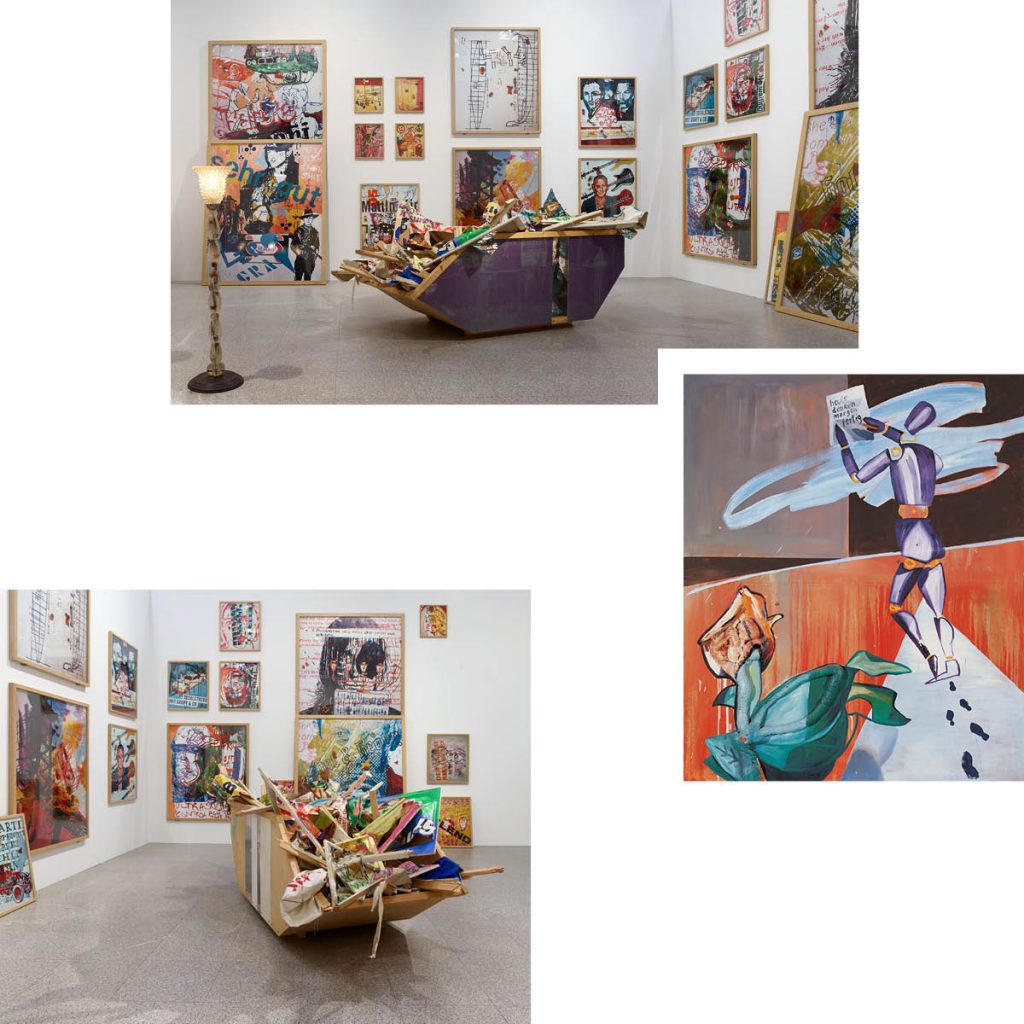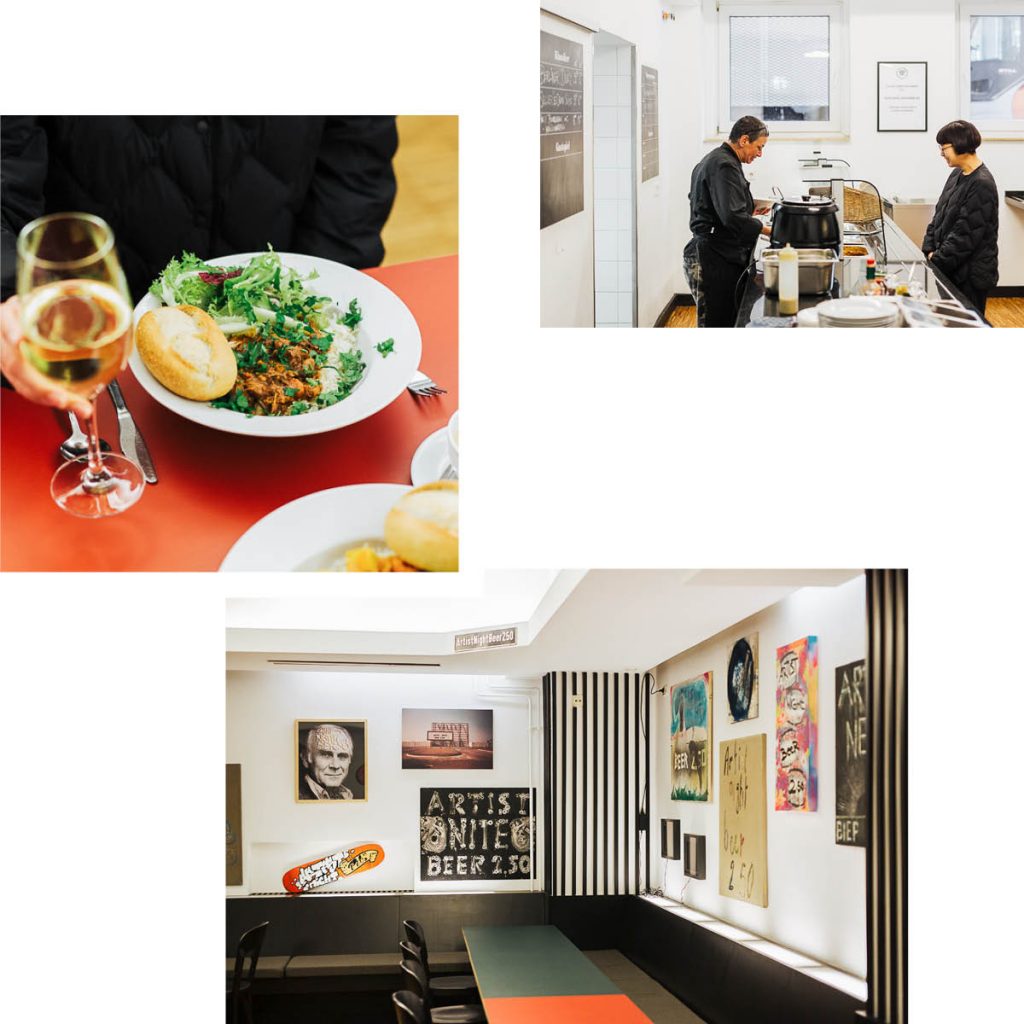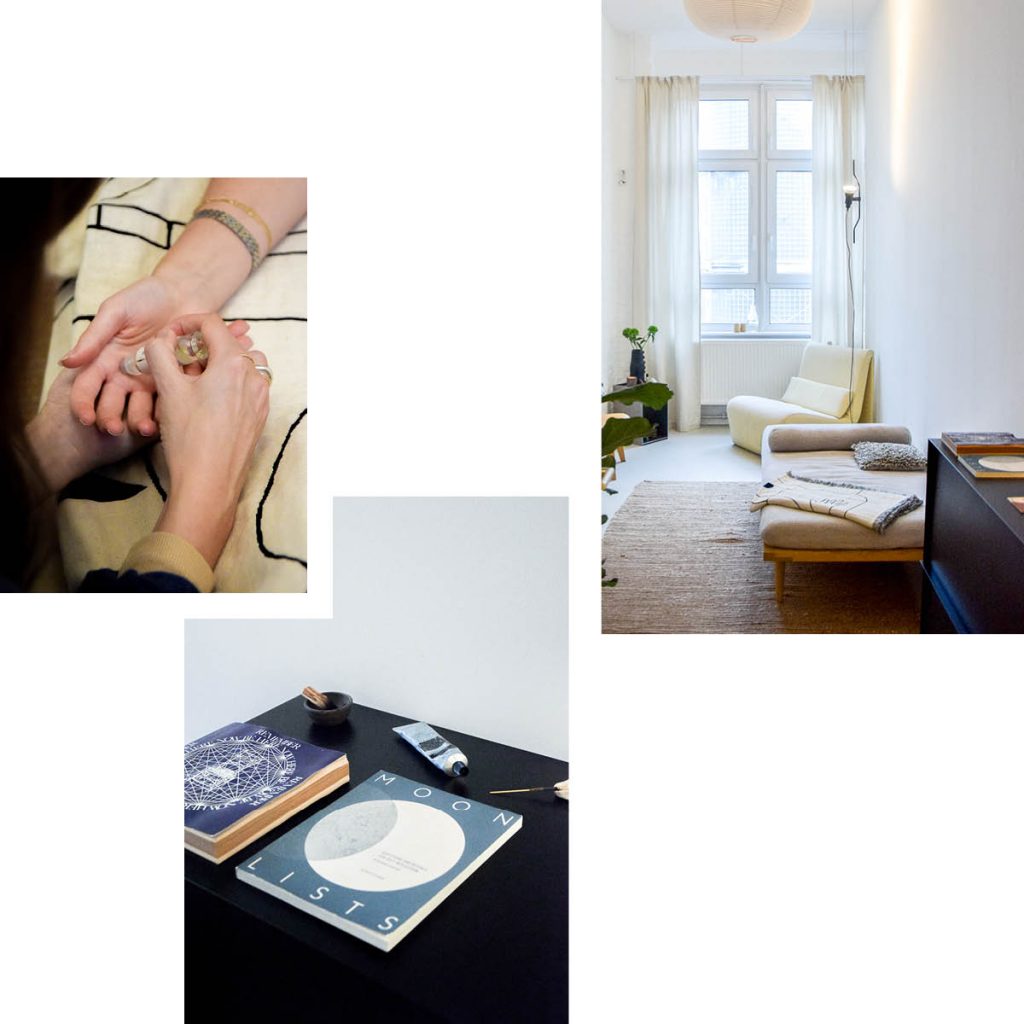
The artist, curator, and researcher مشترى هلال (moshtari hilal) and the political geographer and essayist சிந்துஜன் வரதராஜா (sinthujan varatharajah) are no longer just an Instagram phenomenon within a small bubble of art and culture. Since establishing their Instagram Live discussion format a few years ago, in which they explore and analyze German social issues and phenomena, they have established themselves as voices in the German and Berlin art and cultural discourse. Their latest print publication, “English in Berlin,” confronts the hegemonic nature of English in the capital. CCA now brings its dialogue from the social media screen into the exhibition space. The evening’s topic, “Wer hat Angst vorm Ausländeramt?” (Who’s Afraid of the Immigration Office?) opens a cultural-historical analysis of the institution, which has recently gained an unusual pop-cultural notoriety through memes, television, and social media. Where does the sudden interest in authority come from, an authority that for Germans has mostly been background noise in local news coverage? And what is its significance for all people without a German passport in this country?
Text: Hilka Dirks / Photos: Zain Ali
مشترى هلال (moshtari hilal) & சிந்துஜன் வரதராஜா (sinthujan varatharajah) “Wer hat Angst vor dem Ausländeramt?“— at CCA Berlin, Kurfürstenstraße 145, (entrance via Frobenstraße), 10785 Berlin–Schöneberg; map
16.01.2023 19h. The discussion will be in German.
@ccaberlin
@varathas
@mooshtariii







